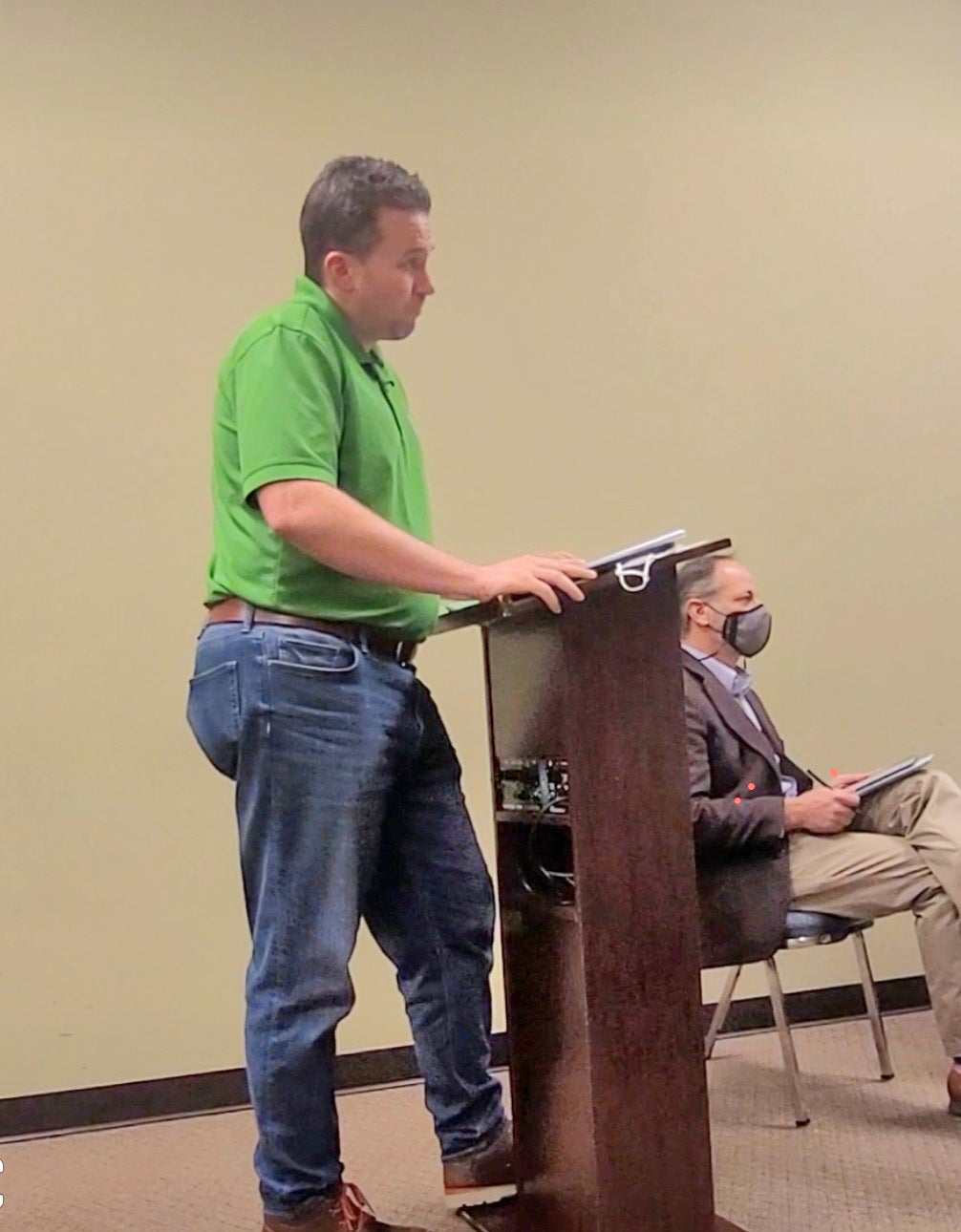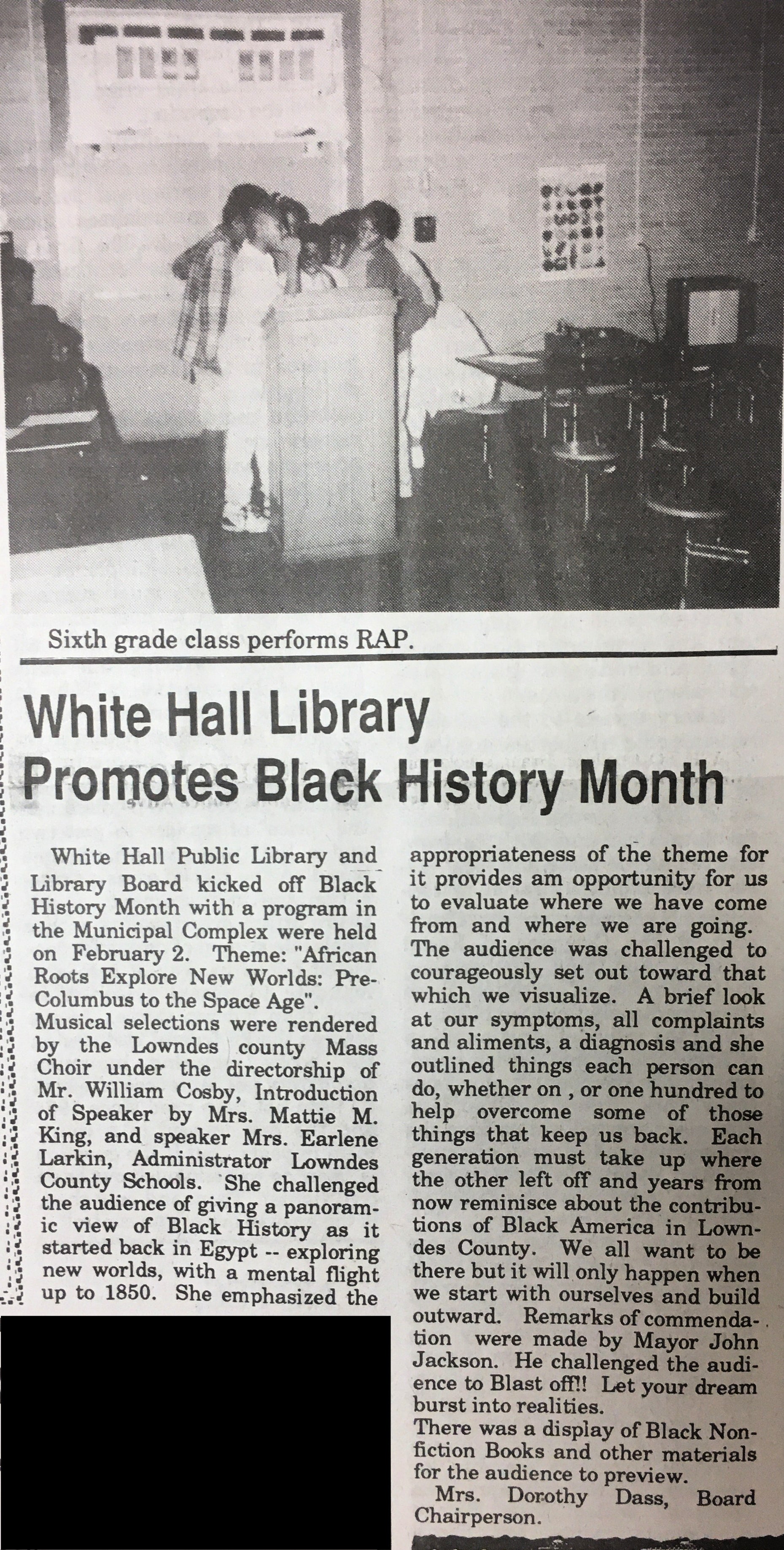Commission seeks storm shelter input
Published 11:52 am Friday, May 3, 2019
|
Getting your Trinity Audio player ready...
|
By Mark Rogers
The Lowndes Signal
Lowndes County Commissioners are working with representatives from the American Red Cross to prepare for any disasters that could strike the community.
TaWanna D. Robbins, disaster program manager with the American Red Cross, spoke with the county commissioners Monday night and discussed the need for shelters.
“I want to talk to you about sheltering in your community and also some of the services that Red Cross offers the community,” she said. “We can be involved in anything disaster-related whether it be blue sky disasters such as fires or gray sky disasters, which are hurricanes, tornadoes or any type natural disaster.”
Robbins added that she and Lowndes County Engineer David Butts have been discussing sheltering in the Lowndes County community.
“The way that works with American Red Cross is that we are a non-profit organization,” Robbins said. “We are not government funded, we are funded by the generosity of our donors. About 95 percent of our workforce is volunteer led.”
Robbins said she and Butts were seeking areas that the Red Cross would be allowed to use in case a disaster struck.
“Typically what happens, whether it be a fire or a post-disaster shelter, residents of the community need somewhere to stay temporarily,” Robbins said. “What we do is partner with local community centers and churches and whatever building and capacity that your EMA director and those in local government deem fit. We come in and work with those respective individuals and go into those identified locations and determine if that location would be fit to shelter the residents of the community.”
Red Cross provides everything needed to run the shelter, including cots and blankets.
“We provide food – snacks for those that will be staying at the shelter temporarily as well and mental health services,” Robbins said. “If needed, we provide some financial assistance for those that need help to get back on their feet. The main goal we have been talking about is working with the community and the local officials to identify areas in Lowndes County that would be deemed fit to act as shelters.”
Robbins said when those facilities are pinpointed, Red Cross would discuss with officials from the sites about what the organization would be responsible for.
“For example, if we open a shelter for three days and the utility bill increases, then the Red Cross would take care of that increase in the utility bill along with the liability insurance,” she said.
Robbins also mentioned pre-disaster sheltering, which is also known as evacuation sheltering.
“We would strictly partner with your local EMA director and local officials to support pre-disaster sheltering,” she said. “Red Cross typically does not open shelters for pre-disasters. We generally, because they are volunteers, send people out post-disaster. We may preposition people if we know we are going to open a shelter in an area early on before the weather hits.”
Butts later asked about certifying shelters and safe spaces.
“These would be places where the building would be in better shape or safer than going back home,” he said. “It wouldn’t necessarily be a certified storm shelter, but like a town hall or something that we could use instead of an actual storm shelter.”
Robbins said town halls and local community centers are often used as safer places.
“It wouldn’t be considered a shelter because you’re not staying overnight,” Robbins concluded. “However, we support safer places. If you need water or snacks to hold the residents over, then we can pre-position those supplies.”
The Commission, Butts and Robbins will continue discussing locations and studying the needs of the community over the next few weeks.





